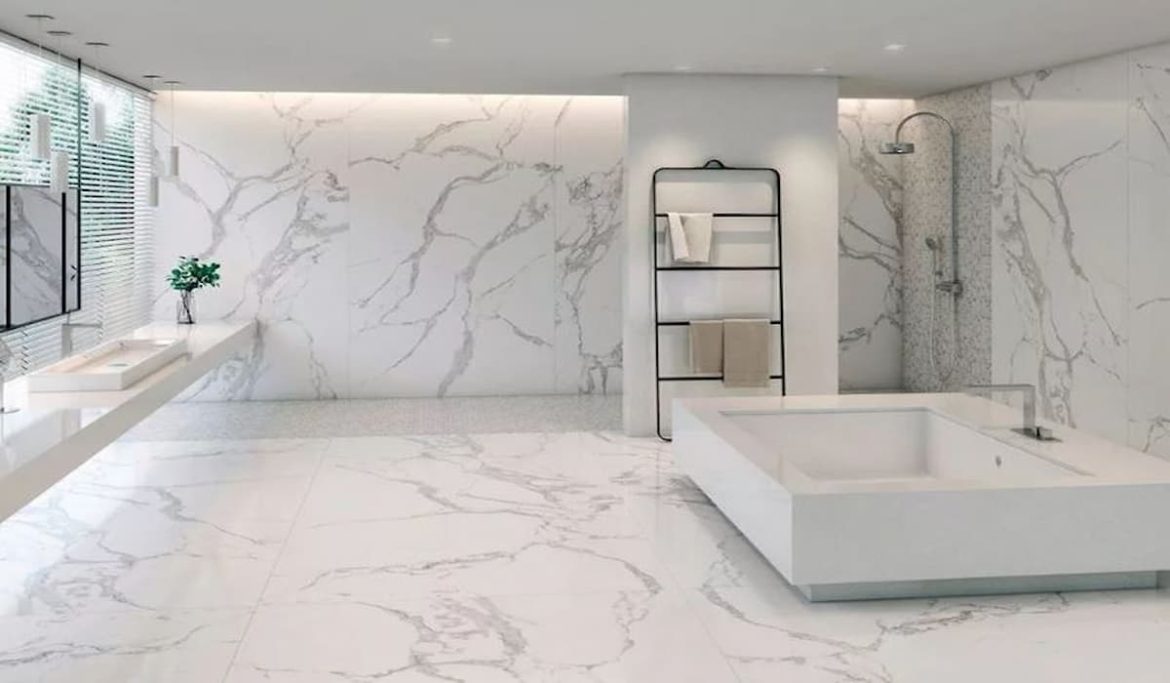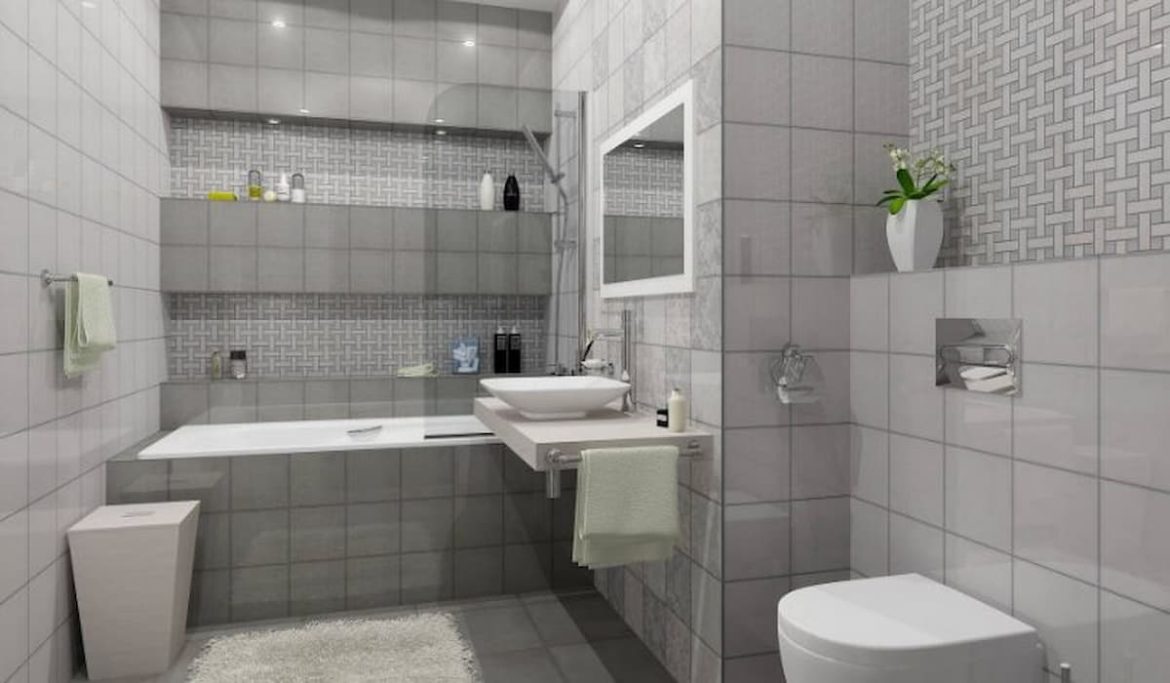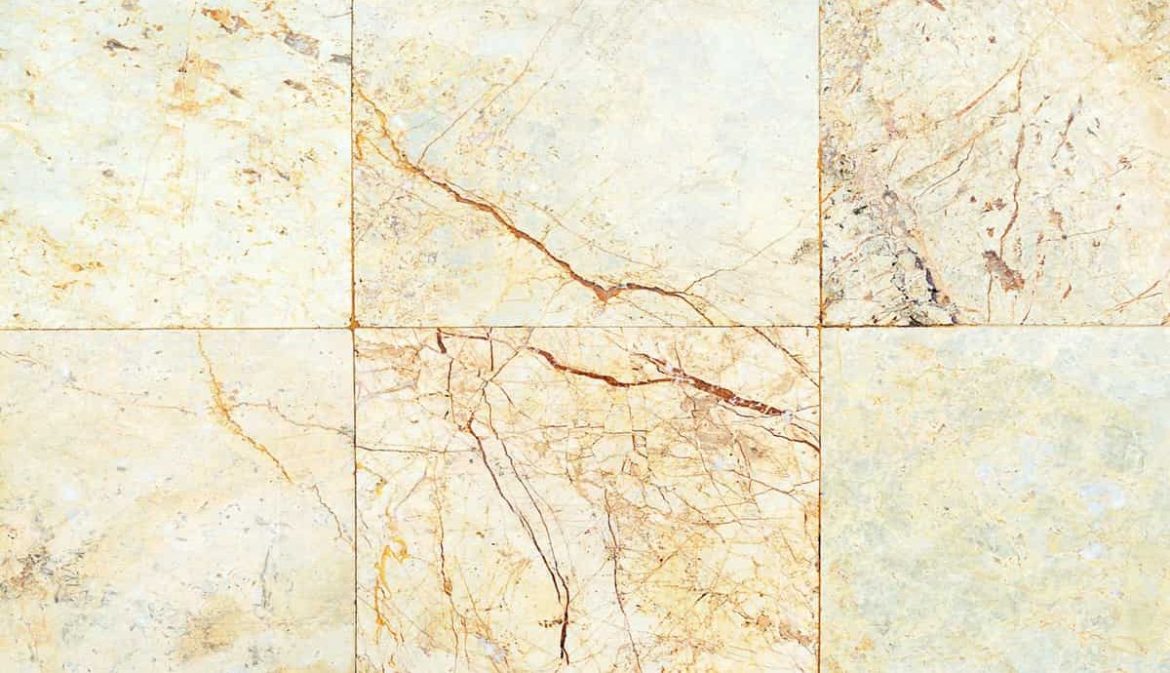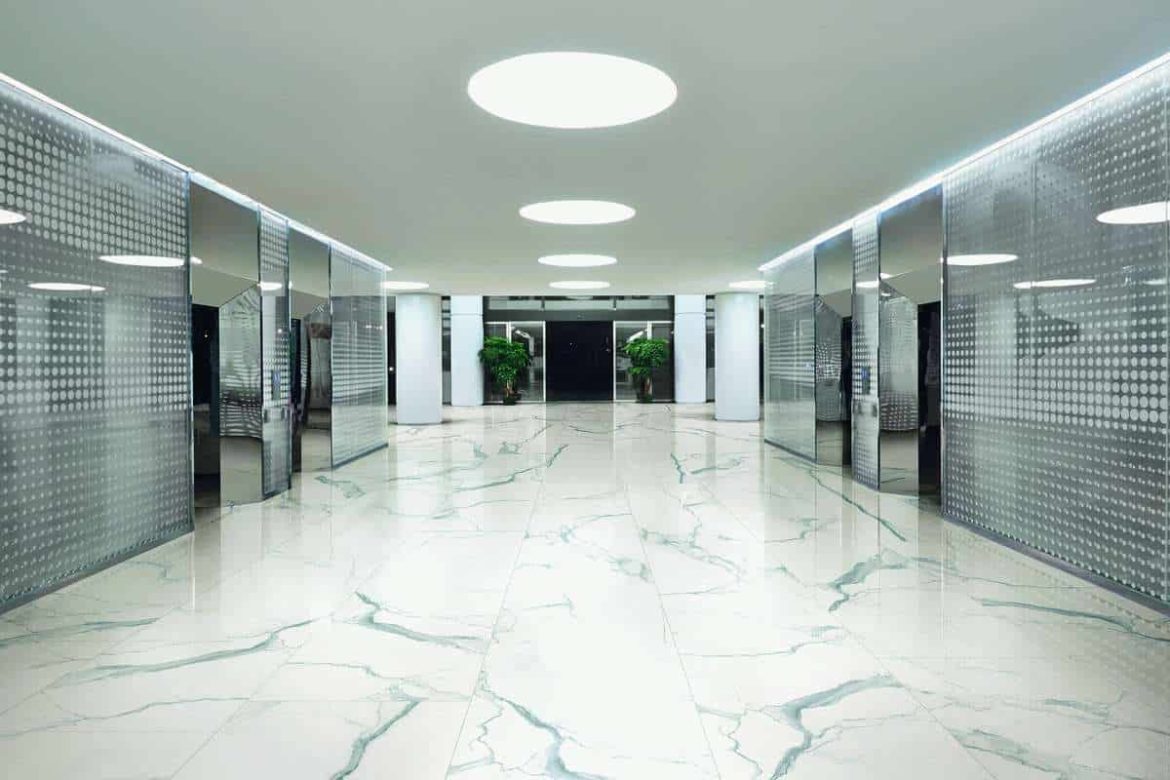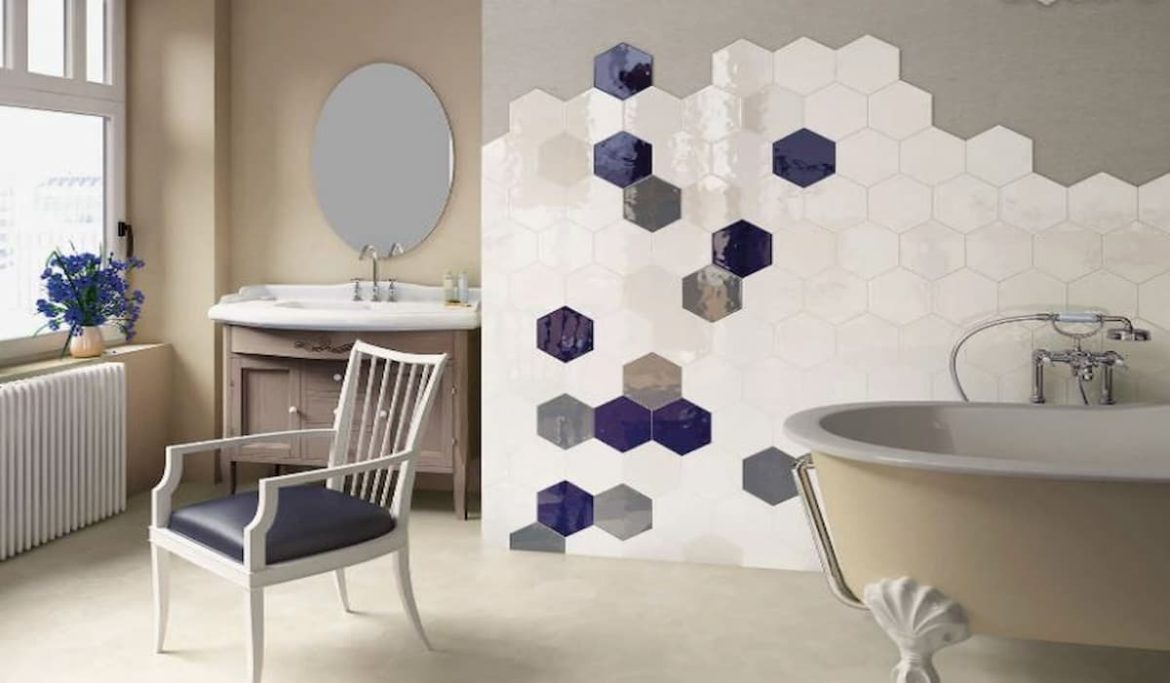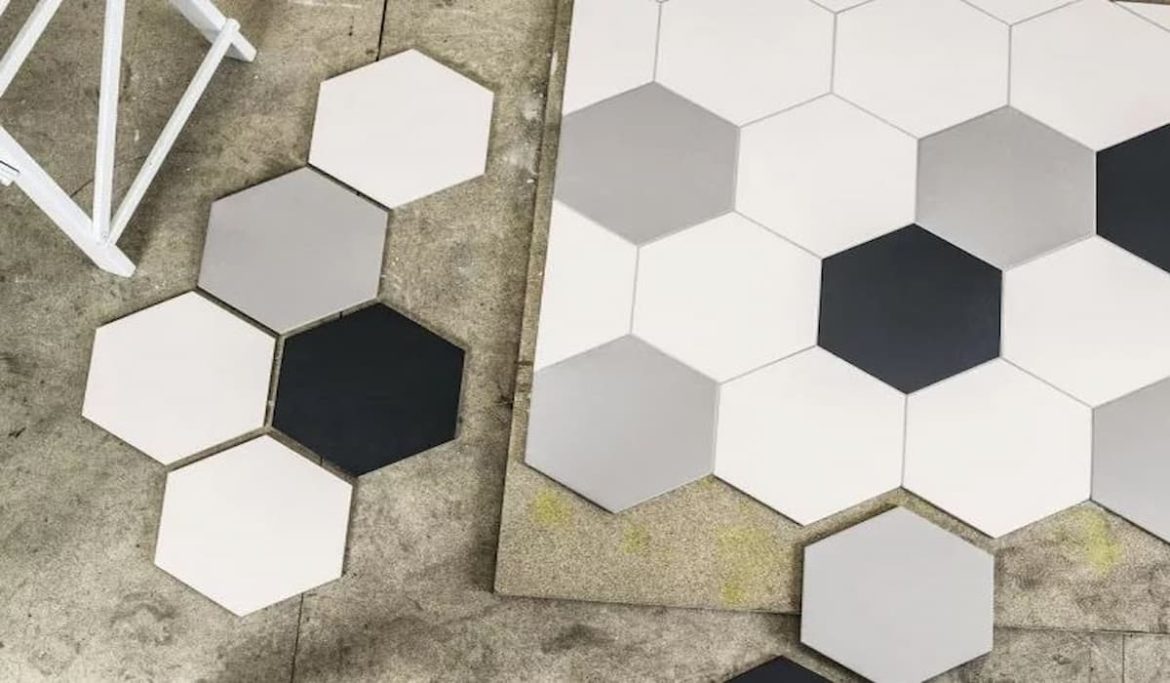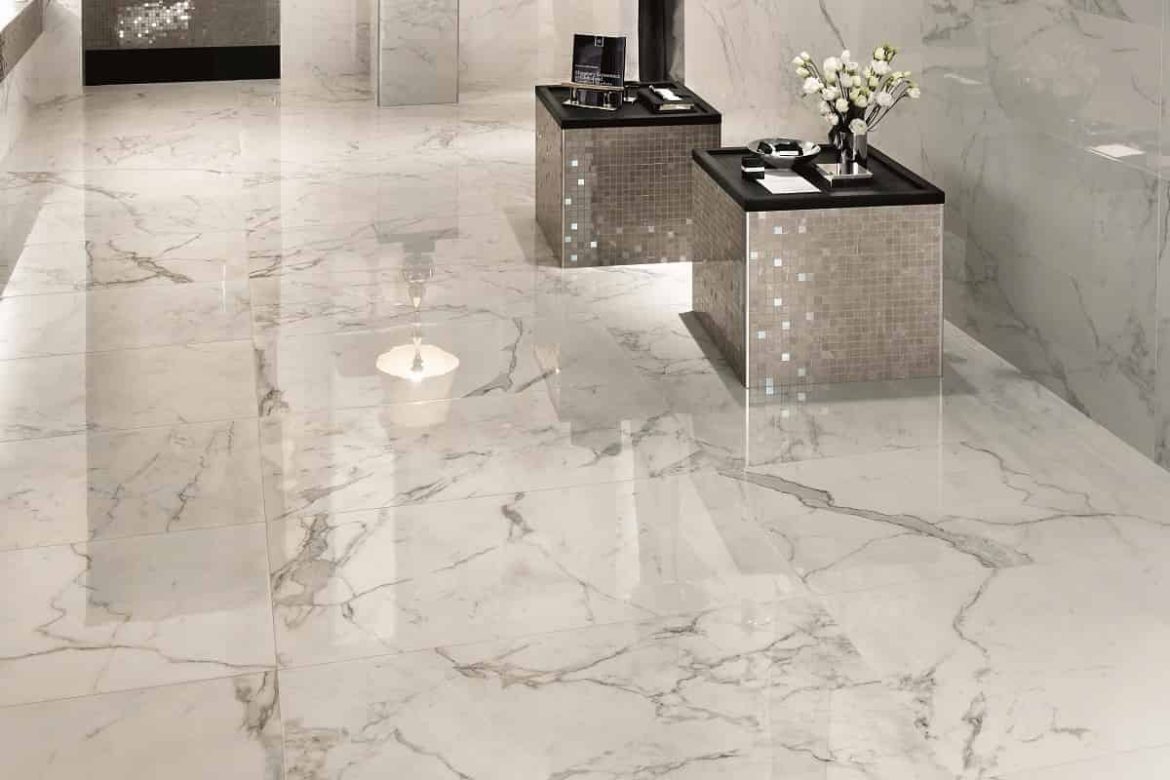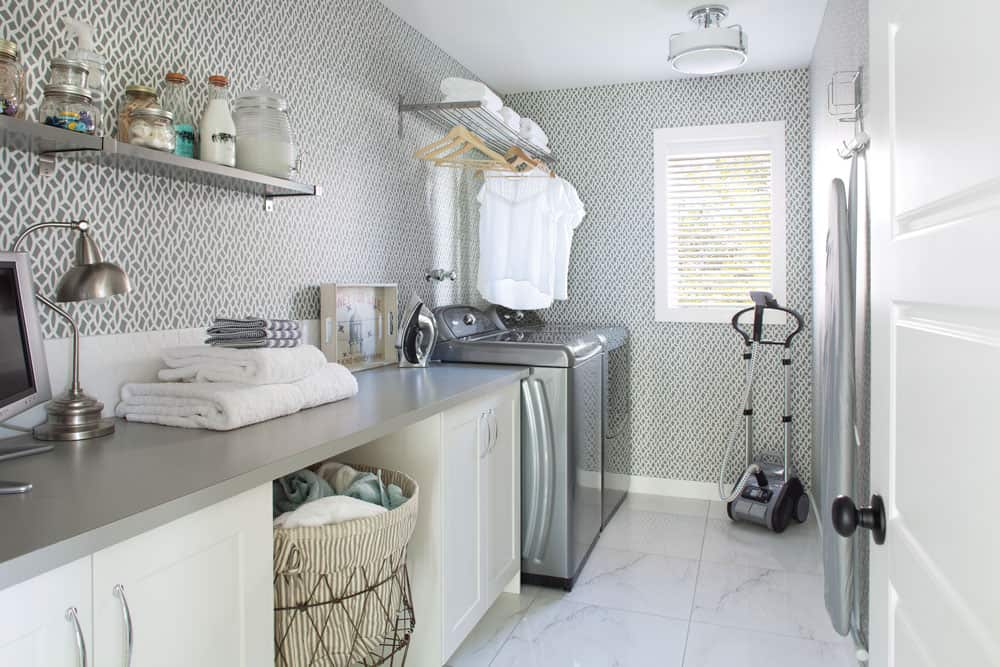Vitrified floor tiles design + price
If you are eager to build a new home or redo the flooring in an existing one, then you have undoubtedly looked at the designs of vitrified tiles for floor at different prices
In this essay, I will describe the vitrified tiles designs, the fundamental manufacturing method, the benefits of vitrified tiles, and the drawbacks of vitrified tiles
Tiles are an essential element of the flooring in both your homes and your places of business
The technique of vitrification, in which the tiles are put through a kiln at high temperatures to produce a material with low porosity and low water absorption, is the method that is used to create this material
To create a vitreous body, a variety of clays and silica are used in the manufacturing process
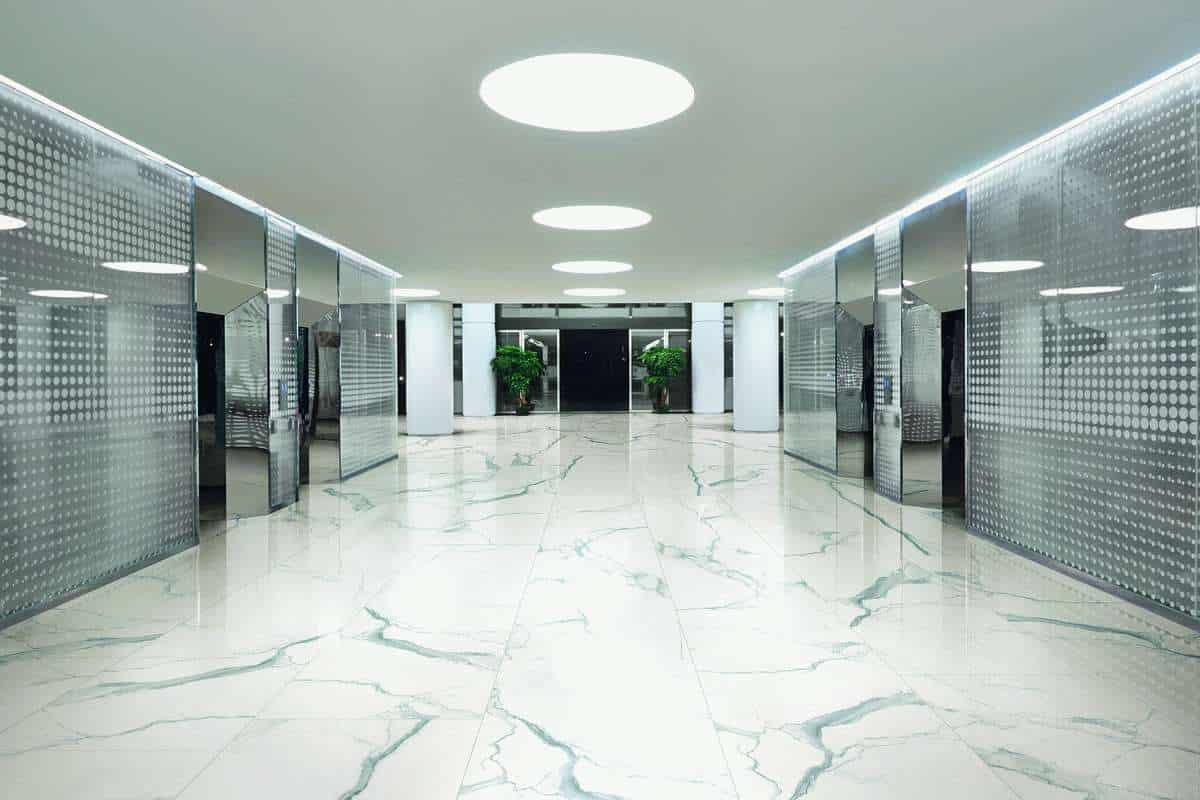
Vitrified tiles are used in a variety of interior design applications, including residential and commercial settings
These tiles are an excellent substitute for marble and granite in any application
Due to the beautiful appeal and general excellent appearance of the material, it is utilized for flooring both inside and outside of buildings
Ceramic tiles have many styles and designs, including floor tiles, wall tiles, bathroom tiles, nano-polished tiles, glazed tiles, and double-charged tiles, among others
You are free to pick whatever kind of tile you like, provided that the location and appearance are taken into consideration
The Application of Vitrified Tiles Real Estate for Business Use Residential Space A Room Within a Bathroom Flooring for the Stairs The kitchen, in addition to the outside area Elevation and Space on the Terrace living room Rooftop or Garden Considerations to ponder before choosing the tiles Durability Budget Aesthetics The final surface finish The Installation Process and Ongoing Maintenance The Primary Steps Involved In The Production Of Vitrified Tiles
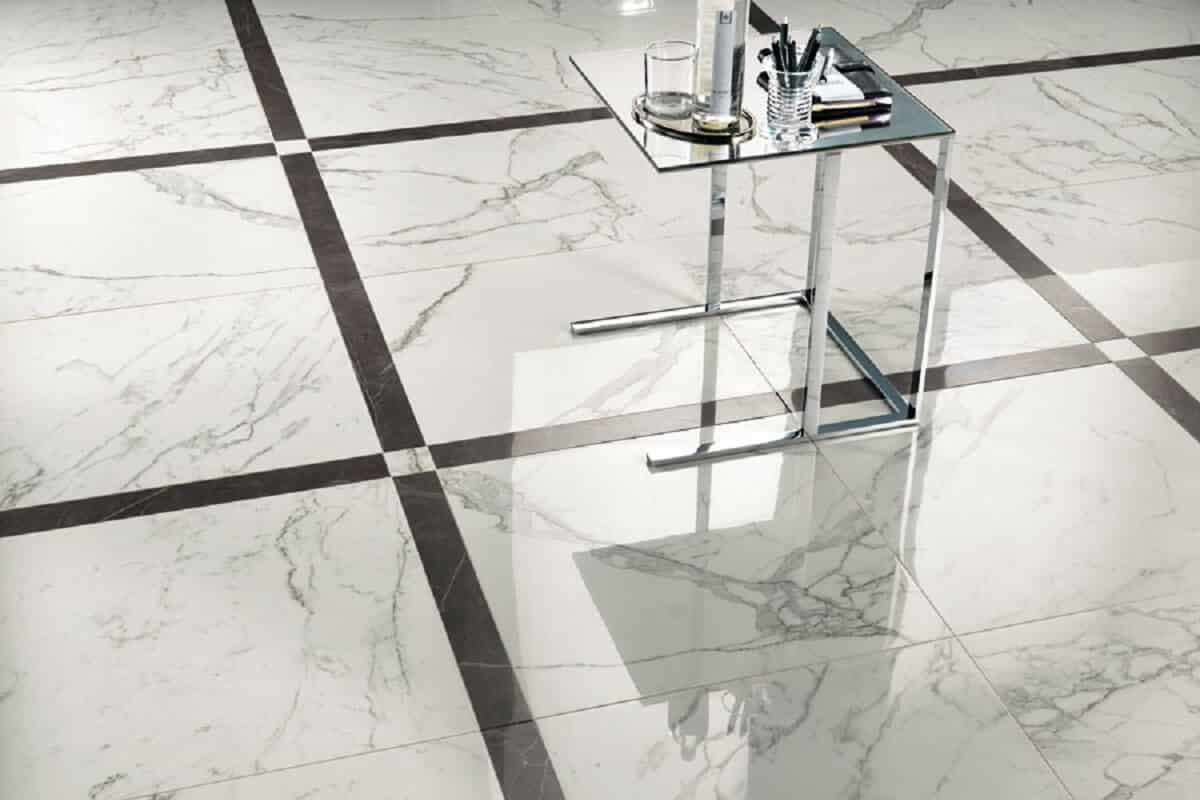
The production of vitrified tiles involves the combining of a wide variety of unprocessed components, including clays, quartz, silica, soda feldspar, potash feldspar, china clay, talc powder, sodium silicate, STPP, different colors, chemicals, and a great number of other elements
It is created with the assistance of a hydraulic press, in which the powder for the tiles is fed into the press and then, with the assistance of heavy pressing, the tiles of varying sizes are formed using molds of varying sizes
After production, the vitrified tiles do not undergo any changes in their chemical composition
Because they are created utilizing the vitrification process, which involves passing the tiles through a kiln at a high temperature of around 1200 degrees Celsius, these tiles are far more robust and long-lasting than their counterparts
As a consequence, a vitreous surface will be produced, which will be tough and shiny
The process of vitrification is the name given to this step in the manufacturing process
After going through the firing procedure, they are set aside for cooling for a period of twenty-four hours
It next goes through the machinery that do the polishing and sizing, where the final surface finish is achieved, and then it is placed inside of a corrugated box
Although the thickness may range anywhere from 8 to 12 millimeters depending on the size, it is typically 8 to 12 millimeters
Different Varieties of Vitrified Tiles There are four distinct varieties of vitrified tiles, including Vitrified Tiles Made of Soluble Salt (Nano Polish tiles, Nano tiles) Tiles with a Double Charge of Vitrification (Multilayer tiles, Double Layer tiles) vitrified tiles with a glazed finish (GVT, PGVT, digital printed tiles)
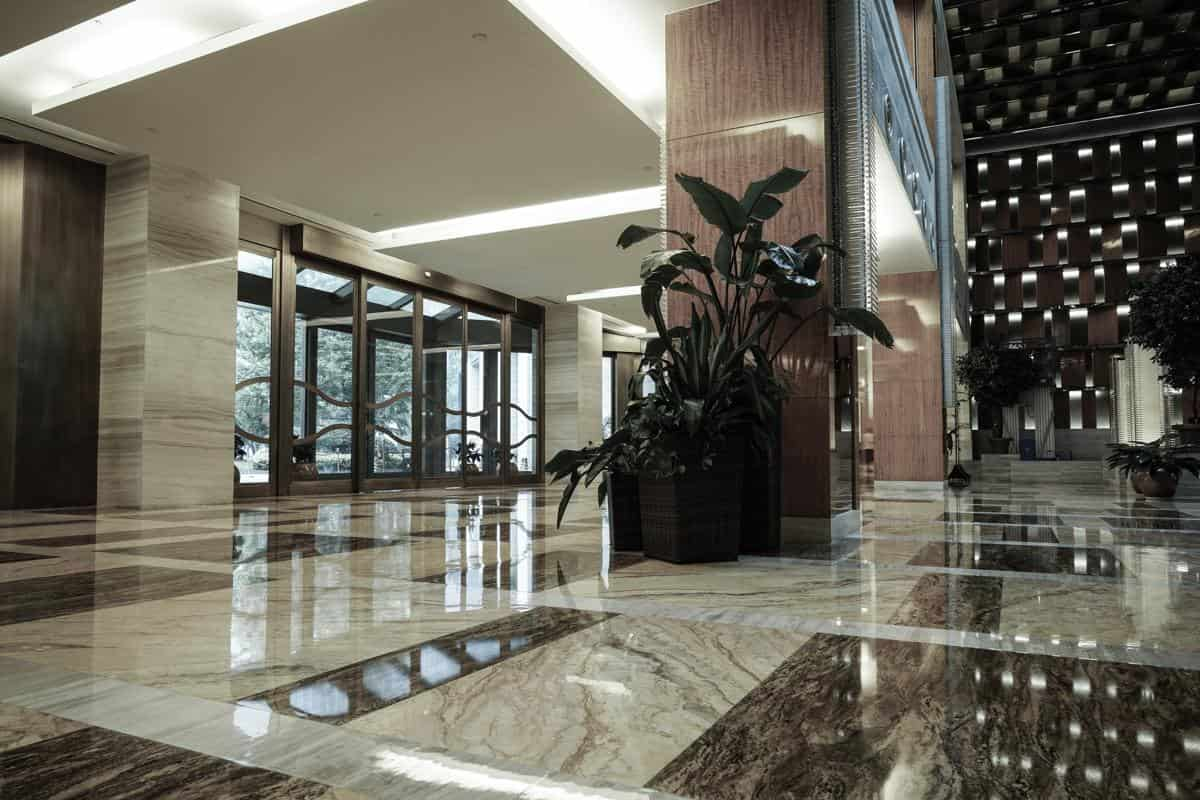
Tiles with Full Body Vitrification (Outdoor tiles) The design on these tiles is created using a technique called screen printing, which makes use of soluble salt pigments and semi-automatic printing equipment
The process results in the tiles’ having a unique pattern
The color ivory is used as the foundation for the majority of the designs used for this category of tiles
They are the vitrified tiles with the lowest price point and may be found anywhere, from residential properties to different business establishments
These tiles are referred to as “nano-polished vitrified tiles” because they are put through a nano-coating process
This machine works by filling any tiny holes or pores in the surface of the tile, giving it a more attractive surface and overall look
The price of nano-polished tiles is between Rs 18 and Rs 20 per square foot at the ex-factory rate (GST is an additional 18% of the total price)
The primary dimensions for nano tiles are 600 by 600 millimeters
As a result of the fact that it will have two distinct layers inside the body of the tile, it is also known as multi-layer tiles
The pattern on these tiles is created with the help of a variety of feeders that are connected to the hydraulic press
The bottom layer contains the basic substance, while the top layer contains the color pigments
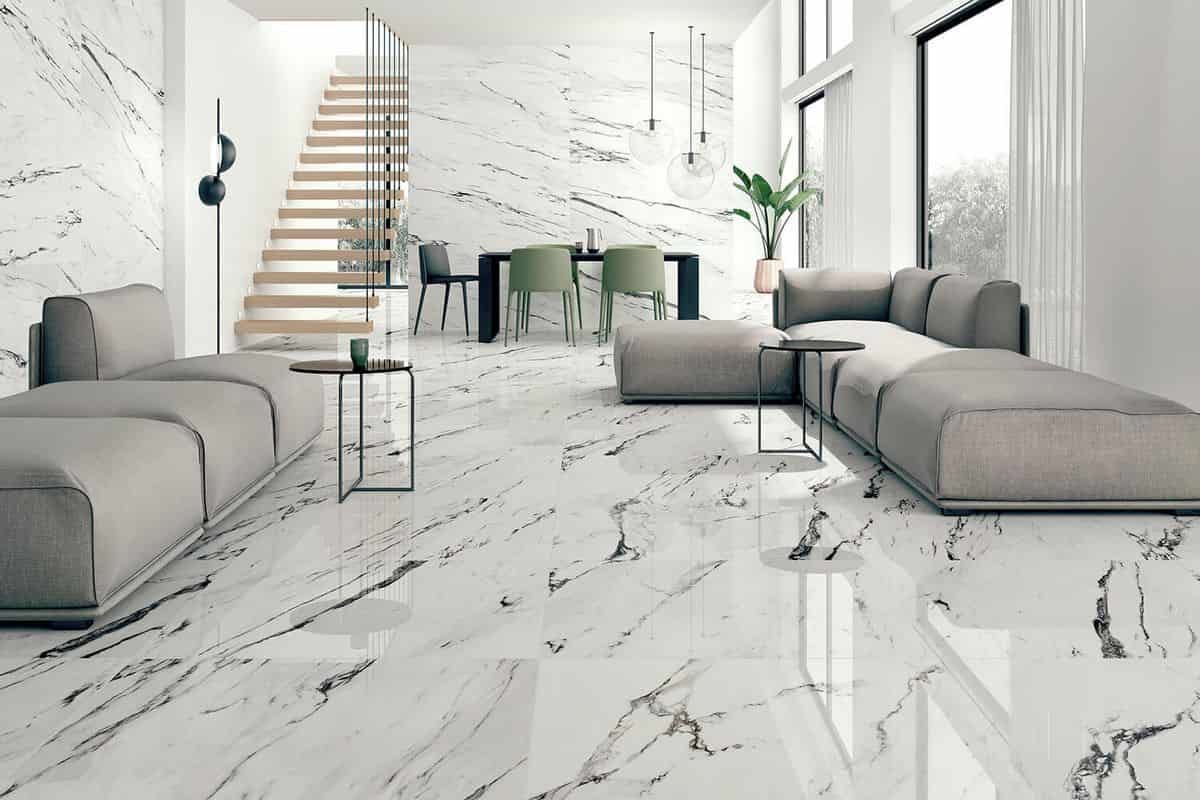
Glossy is one of the various finishes for it
The primary dimensions are 600 mm by 600 mm and 800 mm by 800 mm
Prices range from Rs 25 to Rs 40 per square foot for the ex-factory cost (goods and services tax is an additional 18 percent)
The prices are subject to change based on the thickness of the tiles as well as the quality of the tiles
You may be familiar with the numerous varieties of tiles, such as glazed vitrified tiles (GVT – Matt finish), polished glazed vitrified tiles (PGVT – Glossy Finish), and digital vitrified tiles
Each of these kinds of tiles has a unique appearance and purpose (DGVT)
These are the tiles that have developed an innovative strategy for using the most recent piece of technology, which is the digital printing machine
Because of the great degree of personalization available with these tile designs and the versatility of the inkjet printing machine, which enables the production of any photograph, pattern, or design imaginable
Glazed vitrified tiles come in various surfaces and finishes, some examples of which are glossy, matte, carving, metallic, baby satin, sugar, and many more
The thickness of the digital layer that sits above the tile is lower than one millimeter
Complete Coverage of Mosaics The color pigment is embedded throughout the full body thickness of these sorts of tiles when they are made
The price of a full-body tile is more than that of a partial-body tile because the full-body tile has an even surface and a color that is consistent throughout its whole
It works properly in areas with a lot of foot activity and in business settings
There is a choice between a matte or glossy finish
The most common dimensions are 600 by 600 and 600 by 1200 millimeters

The names of some of the companies that manufacture tiles are Asain Tiles, Cera, Rak Ceramics, Nitco Tiles, Somany, Kohinoor, Johnson, Kajaria, Simpolo, Varmora, Sunheart, and Icon tiles, amongst many more
The Benefits of Using Vitrified Tiles low capacity for absorbing water; the non-porous nature of the tiles makes them a good choice for use in damp environments
It absorbs less than 0
5% of its weight in water
Low permeability due to the fact that they are baked at high temperatures, making them less porous than other tiles
They have a very long lifespan as a result of their high strength and high-quality finish
They do not absorb stains, have great resistance to scratches, and are resistant to the accumulation of moisture
In addition to that, it is resistant to heat stress
Their breaking strength is measured at 100 N, and their modulus of rupture is also rather high
Aesthetics and quality are both up to par with this item
Availability—There is a wide variety of color options, design options, and pattern options available in vitrified tiles
The material is simple to clean and maintain, as well as straightforward to put in place, and it takes less than 50 hours to fully harden
The use of water and other cleaning solutions makes cleaning a breeze and allows for effective results to be achieved
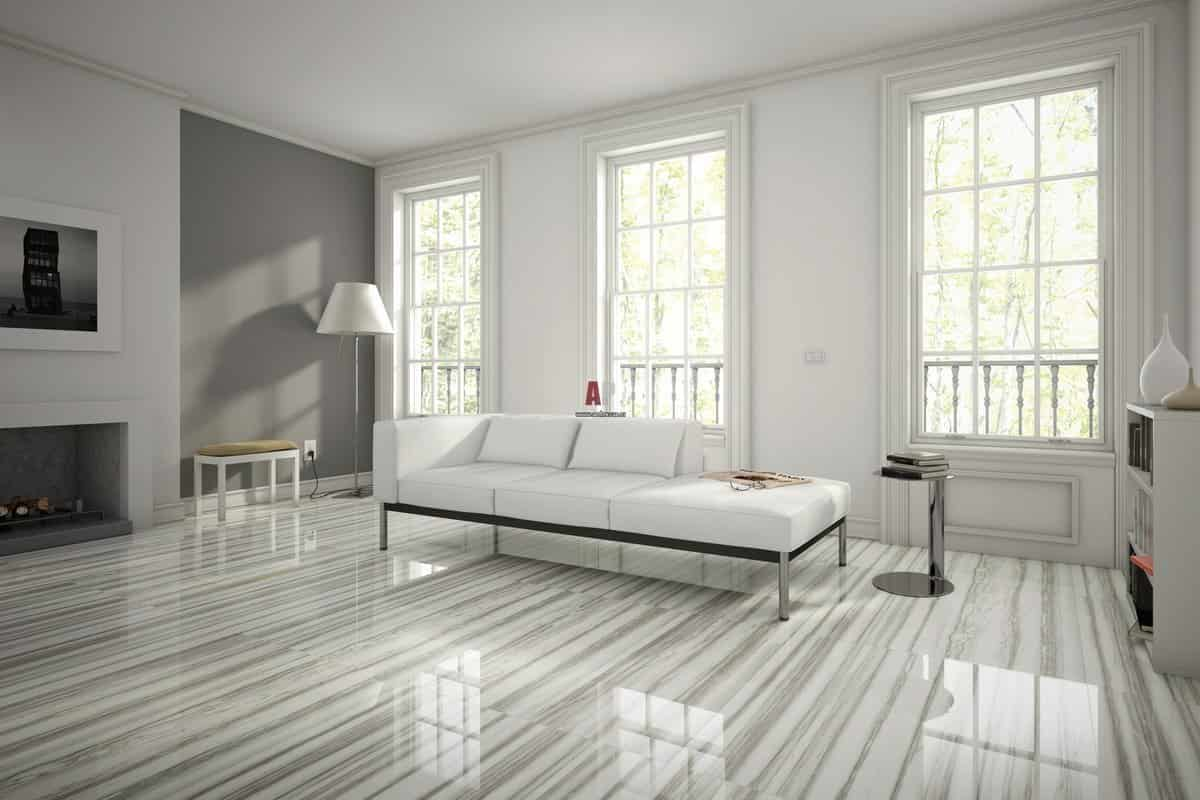
cost-effective, since vitrified tiles may be purchased in place of a variety of other kinds of tiles
It offers a selection of several options for the cost of the tiles
The price ranges from Rs 18 to Rs 200 per square foot, depending on the dimensions and amenities of the room
Installation: Putting down tiles demands not only experienced laborers but also careful direction
Depending on the ceramic tiles you choose, you may need to use the appropriate glue as well as spacers
It is important to handle the tiles correctly in order to prevent chipping and cracking around the edges
While wet, the vitrified tiles become slippery; thus, you should use extreme caution when walking on them
Grout: Grout is used to fill the space between two tiles in order to improve their look
However, over the course of time, the grout will get filthy and will need to be resealed
The spaces in between the tiles have to have a clean appearance and be uniform throughout the board

